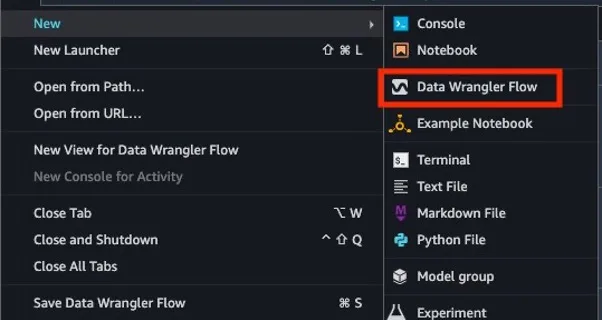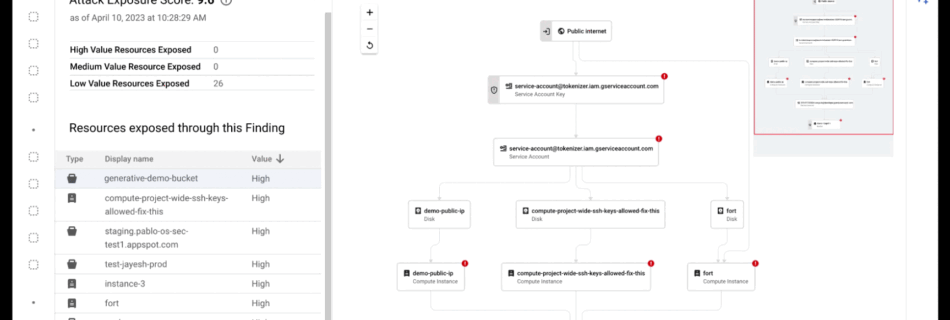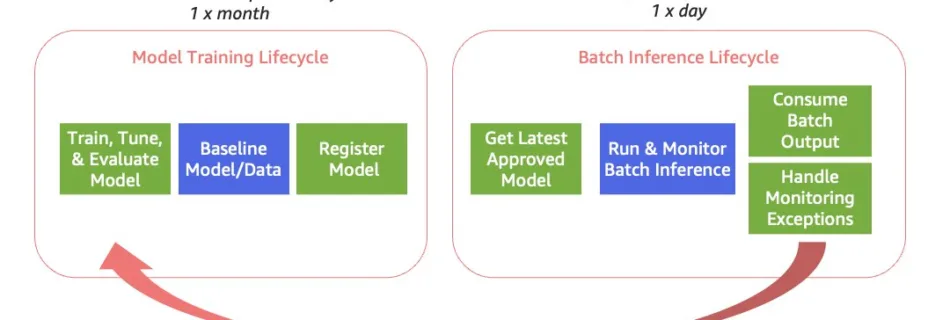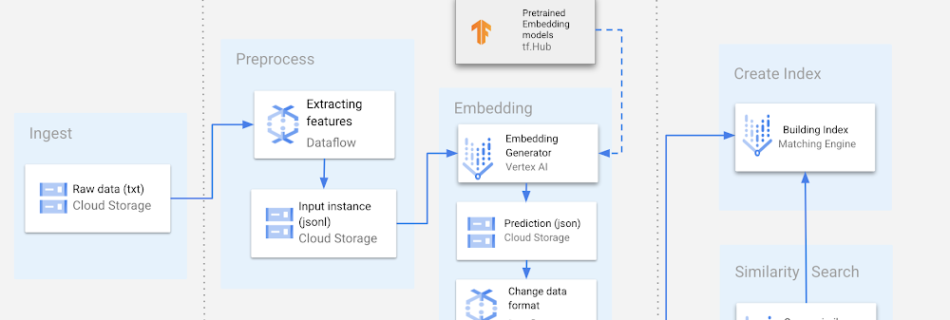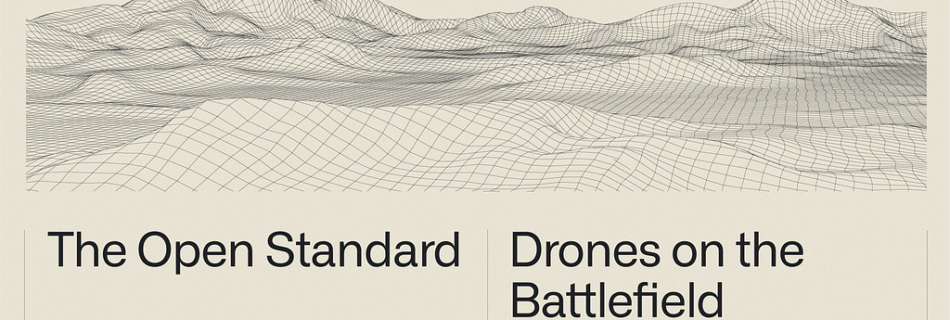Amazon SageMaker Data Wrangler for dimensionality reduction
In the world of machine learning (ML), the quality of the dataset is of significant importance to model predictability. Although more data is usually better, large datasets with a high number of features can sometimes lead to non-optimal model performance due to the curse of dimensionality. Analysts can spend a significant amount of time transforming …
Read more “Amazon SageMaker Data Wrangler for dimensionality reduction”
